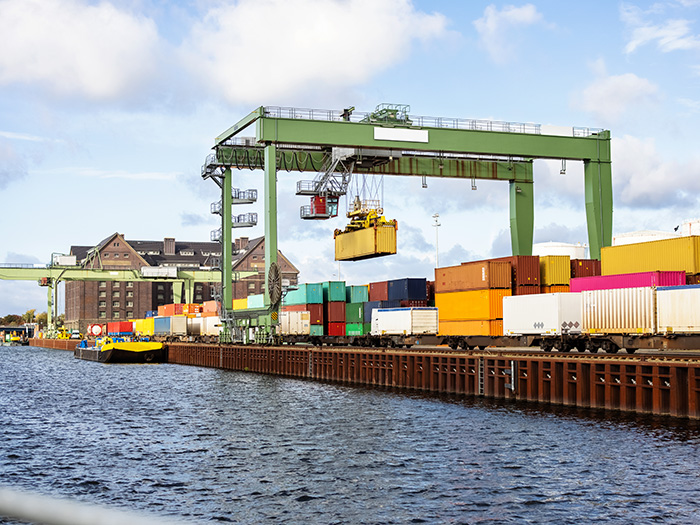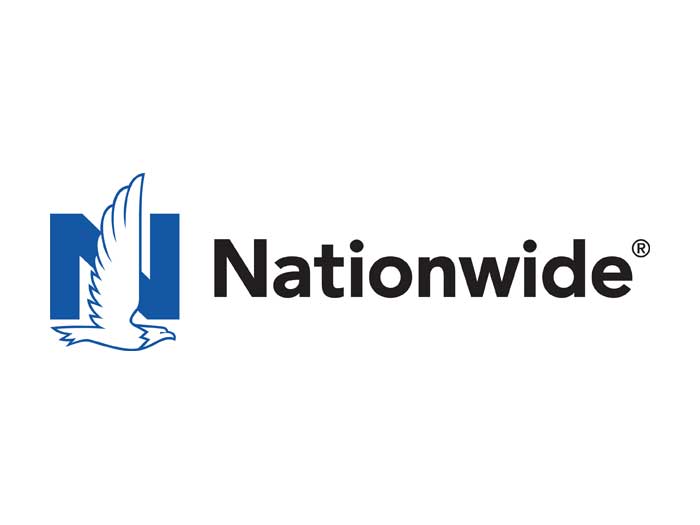4 Questions for Fabian Mercado of QBE North America

As part of our continuing coverage of supply-chain risk management, Risk & Insurance spoke with Fabian Mercado, vice president and property lead for the East Region of QBE North America.
Risk & Insurance: Some supply-chain risks are transferable – insurable – and some are not. How have underwriters and brokers helped insureds re-evaluate their programs to take advantage of what risk transfer is available?
Fabian Mercado: To borrow from a very well-known business and personal development practice, the best way to take advantage of supply-chain risk transfer is to begin with the end in mind or, simply put, plan ahead. In the ideal scenario, a post-bind stewardship meeting or meetings would be conducted among the client, the broker, and the insurer where robust conversations can be had to clearly understand the client’s business, at the present, and for the foreseeable future.
Some important questions would include: What are the client’s growth goals and objectives? What are the key components, parts and services, needed for the client to deliver their end-products effectively? What are the key internal and external concerns or risks that could disrupt the client’s operations?
We also need to know if the client has alternative supply sources, sufficient spare parts, a breadth of alternative inventory, third-party vendors, other effective ways to help mitigate a disruption to their supply network.
Simply issuing an insurance quote, binder, and policy without any further engagement will most likely not result in the most effective supply-chain risk mitigation plan for the client.
R&I: Does your firm have, or are you developing any new types of coverage? What modifications have you made, either to extend or restrict coverage?
FM: One of the most common coverages available in the commercial insurance sector to help offset supply-chain concerns is often referred to as dependent, or contingent, time element; or dependent property as we call it here.
There are several variations of this coverage. In most cases, the loss or damage at the customer or supplier location must be to property of the type that is covered in the policy and must be triggered by a cause of loss that is also covered in the policy.
Some policies only provide coverage if the customer or supplier is a direct customer or supplier of the insured, whereas some policies may go further up or down the supply chain providing coverage for customers and suppliers of the insured’s direct customers and suppliers.
Another variation of the coverage refers to named customers and suppliers. As the name suggests, coverage only applies to those key customers and suppliers that are named and listed or scheduled onto the policy.
While that coverage helps to mitigate supply-chain risk to an insured, it also comes with potentially significant exposure to the insurer. Extending this coverage across the country or around the world to an unlimited number of unknown customers and suppliers can open Pandora’s Box of exposure.
The more prudent approach would be to have customers and suppliers named and listed onto the policy. In this way, the extent of coverage is clear, which eliminates a lot of the unknown for the insurer. This approach helps to foster the healthy conversations that we talked about earlier, where all interested parties are required to think about the client’s business and who those key customers/suppliers are.
R&I: Shifting to a holistic risk-mitigation mind set, is contingency planning not what company executives get paid to do — have enough inventory on hand, have multiple suppliers and transportation options? Is there not a moral hazard to getting the absolute lowest price on raw materials through a tenuous supply chain from the other side of the world, and then operating on a just-in-time basis?
FM: With all the economic pressures on clients and supply chain managers to manage their real estate, assets, and inventory levels, there certainly is the potential for moral hazard in the supply chain, such as in procuring from unreliable sources who may not be there when a catastrophic event causes area-wide shortages and constraints. The list of potentially morally hazardous actions can be extensive. I think this goes back to some of what we mentioned earlier in the conversation.
When insurance purchasing is purely transactional, involving a policy that might only get looked at in the event of a loss, the potential for moral hazard is greater, and more difficult to pick up on.
When the insurance purchase involves open communication between a client, a broker, and an insurer who are all engaged in a risk-transfer relationship, it significantly helps to reduce the possibility of the moral hazard and will also make such behavior easier to point out.
In the long run, the insured, the insurer, and the economy as a whole will benefit from engaging conversations that lead to mutually beneficial supply-chain risk transfer.
R&I: In the case of non-insurable risks, can underwriters and brokers still offer insight or guidance on best management practices?
FM: Even in the case of non-transferable risks, such loss of market share resulting from interruption to the client’s business, having ongoing conversations with clients can raise awareness about the potential risks. Understanding that there is always an element of unknown and assumed risk can help to motivate and steer the conversations around what is known, what we can plan for, and hopefully prevent. &











